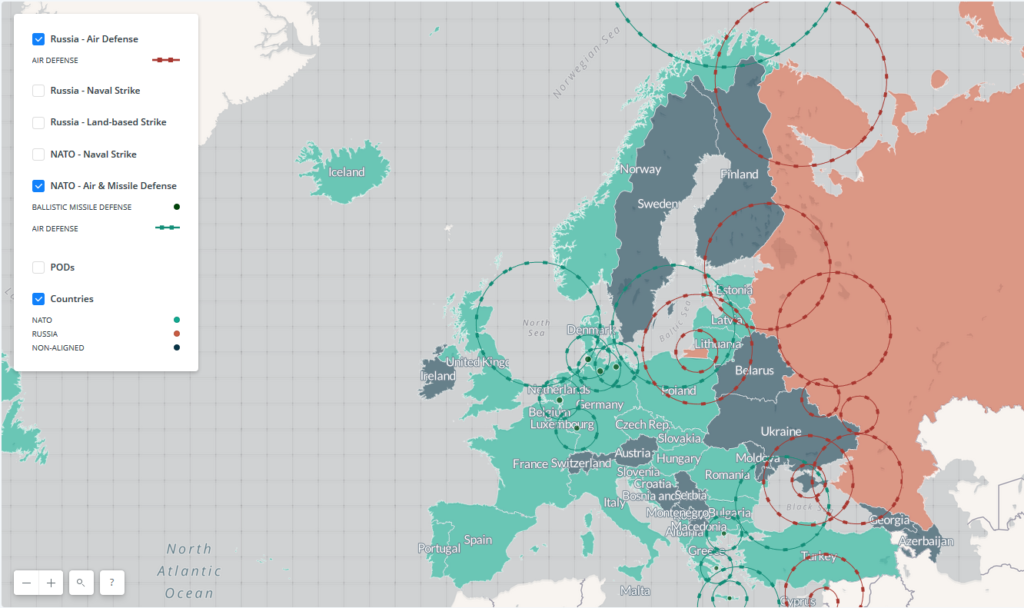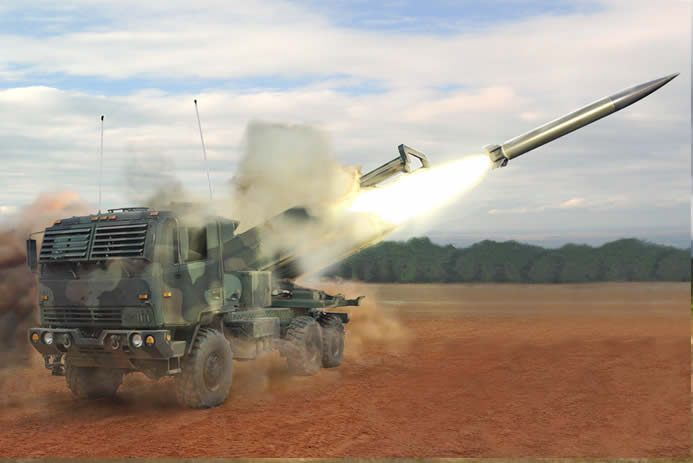
As the U.S. Army and Marine Corps work together to define multi-domain battle, their joint concept for waging warfare in the near future, will they redesign their force structures? This seems possible for the Army at least; Congress has already ordered it to evaluate proposed changes. In the context of the ongoing debate over U.S. Army readiness, Daniel L. Davis, a Senior Fellow for Defense Priorities at The National Interest, highlights one idea whose time may have come: the Reconnaissance Strike Group (RSG).
The RSG concept is the brainchild of Douglas Macgregor (LTC, U.S. Army, retired), a Gulf War combat veteran, military thinker, and author who has acquired a reputation as a gadfly for his forceful critiques of U.S. land warfare doctrine and recent combat operations. Macgregor has been an outspoken advocate since the 1990s for reorganizing the Army to fully exploit the advantages promised by the Revolution in Military Affairs and maneuver warfare.
Congress Gets Involved
Macgregor’s arguments have received renewed attention following sobering assessments of the implications of Russia’s successful military operations in the Ukraine. He gained a powerful patron after briefing Senator John McCain, chairman of the Senate Armed Services Committee, in January 2015. McCain subsequently arranged for Macgregor to brief other senators and Congressional staff on his assessments of relative U.S. and Russian military capabilities as well as the RSG concept.
In January 2016, the National Commission on the Future of the Army, created by the 2015 National Defense Authorization Act, recommended that Congress mandate that the Army assess alternative combat force design and operational concepts, including the RSG. Section 1091 of the 2017 National Defense Authorization Act, signed by President Barack Obama in October 2016, directed the Chairman of the Joint Chiefs of Staff and the Chief of Staff of the Army to separately report on “alternative Army operational concepts and organizational designs, known as the Reconnaissance Strike Group.” (It is not clear from this wording if this applies only to the RSG or to other concepts and designs as well.)
In consultation with the United States European Command commander, the JCS Chairman and Army Chief of Staff are each to appraise operational merits, feasible force mix under programmed end-strength, estimated costs for assessed potential force structure changes, and strategic force sufficiency and risks. Their findings are then to be each independently reviewed and evaluated by a Federally Funded Research and Development Center of their choice. The final reports, independent reviews, and JCS Chairman and Army Chief of Staff recommendations are to be submitted to the Senate and House armed services committees no later than October 2017.
The RSG and Multi-Domain Battle
Since the passage of the 2017 NDAA, the Army has publicly unveiled its multi-domain battle operational concept and committed to developing it in conjunction with the Marine Corps. What impact this may have on the RSG concept evaluation is not clear. On the face of it, the RSG appears tailor-made for multi-domain battle. However, while Macgregor was lobbying on its behalf in 2015, LTG H. R. McMaster, then commander of the U.S. Army’s Capabilities Integration Center (now currently the Assistant to the President for National Security Affairs) was reported to be a skeptic. McMaster appeared to disagree with Macgregor’s assertions that the current Army Brigade Combat Team structures were too heavy and ponderous to fight effectively in hybrid warfare environments. He suggested that Macgregor’s proposed RSGs were insufficiently manned to conduct vitally important stabilization operations and were too lightly supported logistically.
These disagreements were likely more apparent than real. McMaster’s subsequent emphasis on cross-domain fires as one solution to the challenges of Russian military capabilities and anti-access/area denial environments sound strikingly similar to Macgregor’s “all arms/all effects” RSG concepts. The capabilities Macgregor advocates and claims for the RSG comport very closely to the current conceptualization of multi-domain battle. If the Army does not adopt the RSG, it will probably develop come up with very similar.
That is not to say that multi-domain battle and the RSG do not face some serious opposition within the Army. The changes they portend will have serious repercussions on the armor and airborne branches and more traditional warfighting concepts. I will take a closer look at the RSG concept and its possible implications in my next post.



